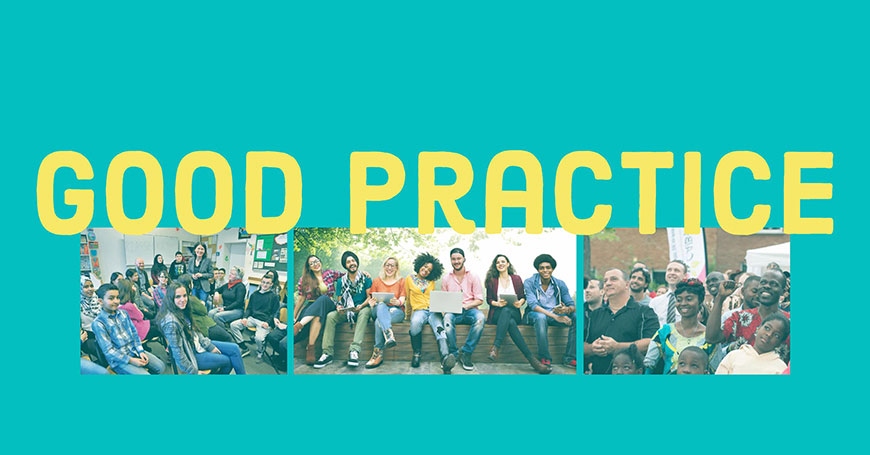Intercultural cities: good practice examples

The first step is the adoption (and implementation) of strategies that facilitate positive intercultural encounters and exchanges, and promote equal and active participation of residents and communities in the development of the city, thus responding to the needs of a diverse population. The Intercultural integration policy model is based on extensive research evidence, on a range of international legal instruments, and on the collective input of the cities member of the Intercultural Cities programme that share their good practice examples on how to better manage diversity, address possible conflicts, and benefit from the diversity advantage.
This section offers examples of intercultural approaches that facilitate the development and implementation of intercultural strategies.
Fargespil (Kaleidoscope)
Purpose: To foster experiences of both alikeness and the richness of diversity by bringing different young actors representing different national music and dance traditions together in a musical...
Italy - Learn Arabic!
Purpose: This is a project in collaboration with the Local Health Authorities to improve linguistic cultural relations between foreign citizens and health services. Stimulus/Rationale: In 2011 the...
OXLO - Oslo Extra Large. A long-term city-wide awareness-raising campaign for diversity
Purpose: OXLO - Oslo Extra Large is a long-term awareness-raising campaign initiated by the Mayor of Oslo. Through this campaign the City of Oslo is striving to make Norway’s capital a more...


